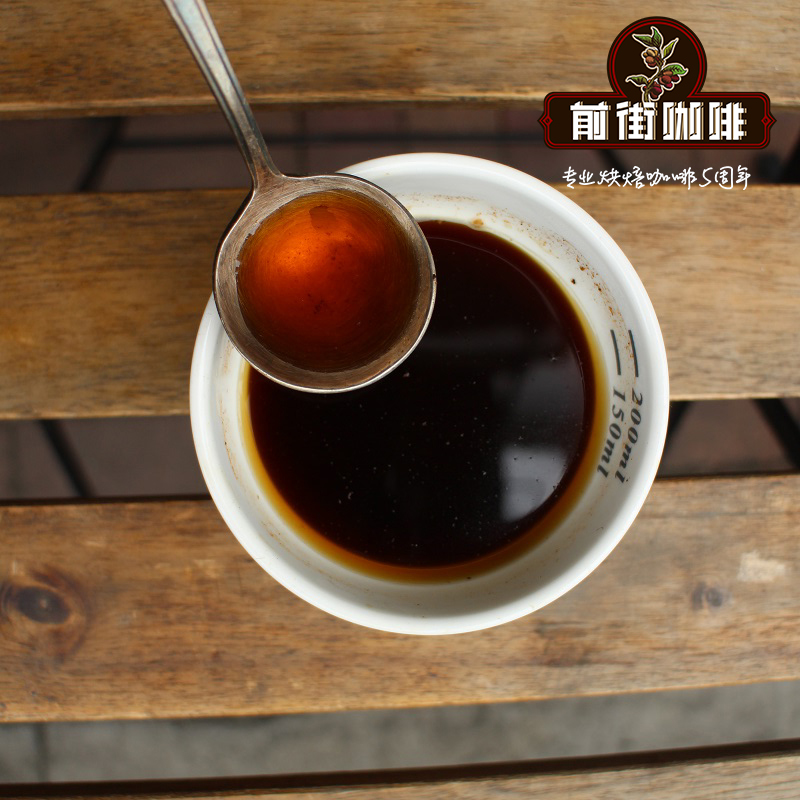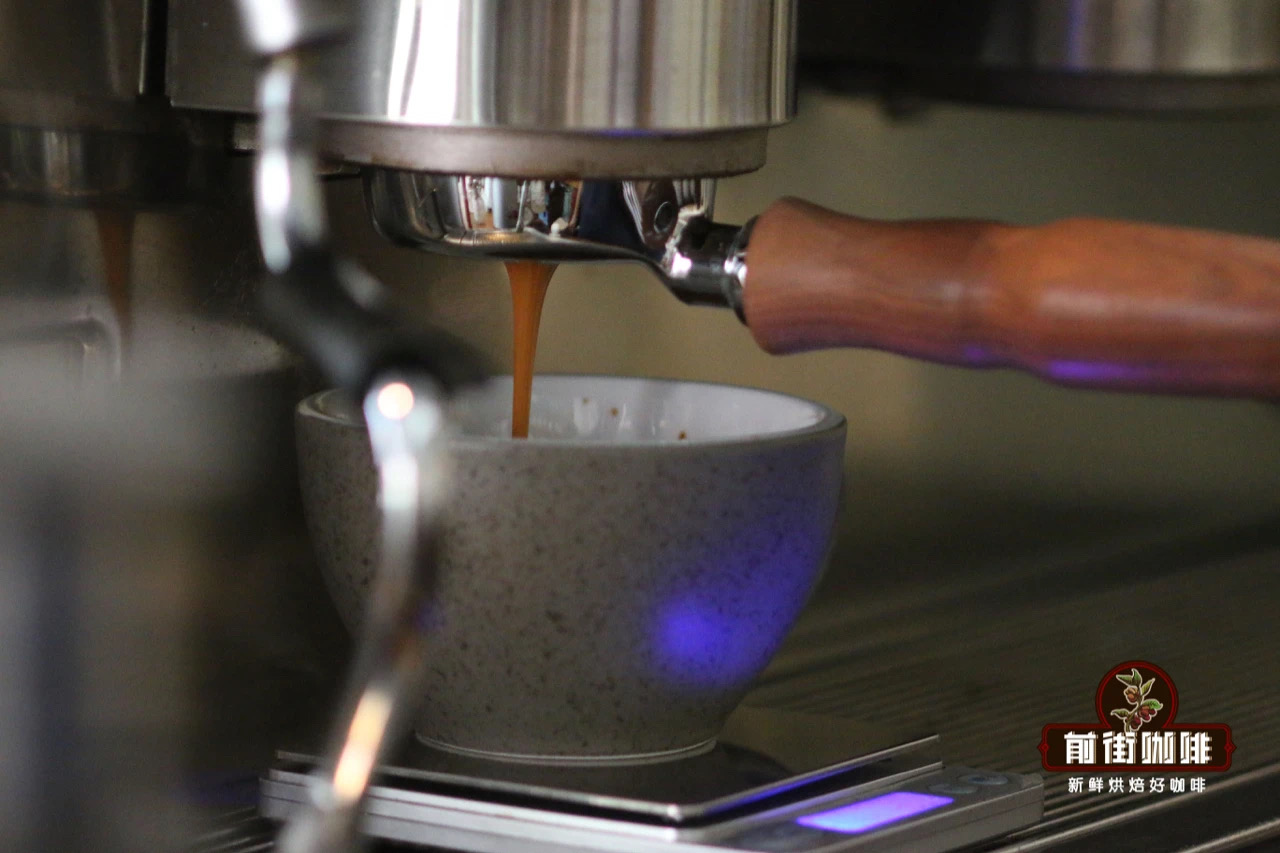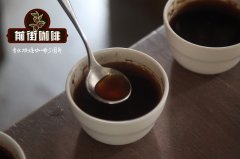What is the flavor of Rwandan coffee beans? How do you drink coffee from Rwanda? Varieties of Rwandan coffee beans

Professional coffee knowledge exchange More coffee bean information Please pay attention to coffee workshop (Weixin Official Accounts cafe_style)
Rwandan coffee is the most popular African coffee after Kenya and Ethiopia. However, unlike the two famous producing countries, it has no long history of cultivation, let alone wild native varieties; this small African country is a fire phoenix reborn after disaster.
Rwanda, known as the Land of a Thousand Hills, is located on the equator and surrounded by Congo, Uganda, Tanzania and Burundi. Geographically, it has suitable conditions for growing coffee, but since its introduction by German missionaries in 1904, Rwandan coffee has been poorly treated commercial grade, most of which is exported to Belgium. The push for specialty coffee production began only after the war ravaged and the economy returned to normal.
The Genocide of 1994 killed more than a million people, mostly Tutsi. To this day, there are orphans who survived in Rwanda, memorials everywhere, and war criminals who account for 90% of the total number of prisoners! Since 2001, the Rwandan government has established the National Agriculture Export Development Board (NAEB) to focus on increasing coffee exports and earning foreign exchange.
With government support, farmers switched from crude in-house processing to transporting freshly harvested fruit to a nearby Coffee Washing Station for full washing. In just 12 years, the number of washing stations nationwide has increased from two to 220. It is now wholly privately owned, i.e. by exporters or farmers 'cooperatives. Due to the small average size of farmland (less than 200 coffee trees per farm), each station serves approximately 50 to 100 farms. NAEB employs 200 botanists and surveyors who regularly visit the washing stations to inspect quality and educate farmers on soil management, organic farming, pruning, pest control and picking.
March to July is the growing season for Rwandan coffee beans.
African beans feel strongly with a wild and wild impression, but Rwandan coffee is so soft, strong, granular and much milder than beans from other places, this is the first impression of Rwandan coffee.
Because the country thrives mainly on producing good coffee beans of high quality. The taste of Rwandan coffee is described as "grassy aroma", with tropical climate characteristics, because Rwanda's unusually fertile soil and suitable climate is very conducive to plant growth, Rwandan coffee's soft and rich taste is special, especially at the end of the drink presents a characteristic caramel rich aroma and sweetness.
More than 95% of coffee varieties grown in Rwanda are Arabica Bourbon, with a small proportion being Catuai and Caturra. The planting height is between 1200 and 1800 meters above sea level. The flowering period starts from September to October every year, and the harvesting period starts from March to July every other year. In recent years, coffee organizations have introduced new treatments to improve the quality of local production. Rwanda has almost completely adopted the washing method for raw beans. Cooperatives and plantations will share water washing fields to save costs.
Front Street Recommended Rwandan Coffee Brewing Parameters:
V60/1:15/90℃/time 2 minutes
Qianjie Coffee: Guangzhou's baking shop, small store but a variety of beans, can find a variety of famous beans, but also provide online store services. https://shop104210103.taobao.com
Important Notice :
前街咖啡 FrontStreet Coffee has moved to new addredd:
FrontStreet Coffee Address: 315,Donghua East Road,GuangZhou
Tel:020 38364473
- Prev

What are Italian coffee beans? What is the difference between the flavor characteristics of blended coffee beans and individual coffee beans?
Professional coffee knowledge exchange more coffee bean information please follow the coffee workshop (Wechat official account cafe_style) what is Italian coffee beans? What's the difference between coffee beans and individual coffee beans? What is the purpose of Italian comprehensive matching? Mixed coffee beans are also called formula coffee beans, mixed coffee beans, blended coffee beans (mainland), and blend coffee in English.
- Next

Rwanda coffee how to drink Rwanda Arabica coffee beans? Characteristics of coffee beans in Rwanda
Professional coffee knowledge exchange more information about coffee beans Please follow the coffee workshop (Wechat official account cafe_style) Rwanda is a poor agricultural country, 90% of the working population is engaged in agriculture. It is the most populous country in Africa, surrounded by land, with only a few natural resources and underdeveloped industry, mainly by exporting coffee and tea in exchange for foreign exchange. Due to lack of perfection
Related
- Detailed explanation of Jadeite planting Land in Panamanian Jadeite Manor introduction to the grading system of Jadeite competitive bidding, Red bid, Green bid and Rose Summer
- Story of Coffee planting in Brenka region of Costa Rica Stonehenge Manor anaerobic heavy honey treatment of flavor mouth
- What's on the barrel of Blue Mountain Coffee beans?
- Can American coffee also pull flowers? How to use hot American style to pull out a good-looking pattern?
- Can you make a cold extract with coffee beans? What is the right proportion for cold-extracted coffee formula?
- Indonesian PWN Gold Mandrine Coffee Origin Features Flavor How to Chong? Mandolin coffee is American.
- A brief introduction to the flavor characteristics of Brazilian yellow bourbon coffee beans
- What is the effect of different water quality on the flavor of cold-extracted coffee? What kind of water is best for brewing coffee?
- Why do you think of Rose Summer whenever you mention Panamanian coffee?
- Introduction to the characteristics of authentic blue mountain coffee bean producing areas? What is the CIB Coffee Authority in Jamaica?

